Affiliate links on Android Authority may earn us a commission. Learn more.
AMD vs NVIDIA: What's the best add-in GPU for you?
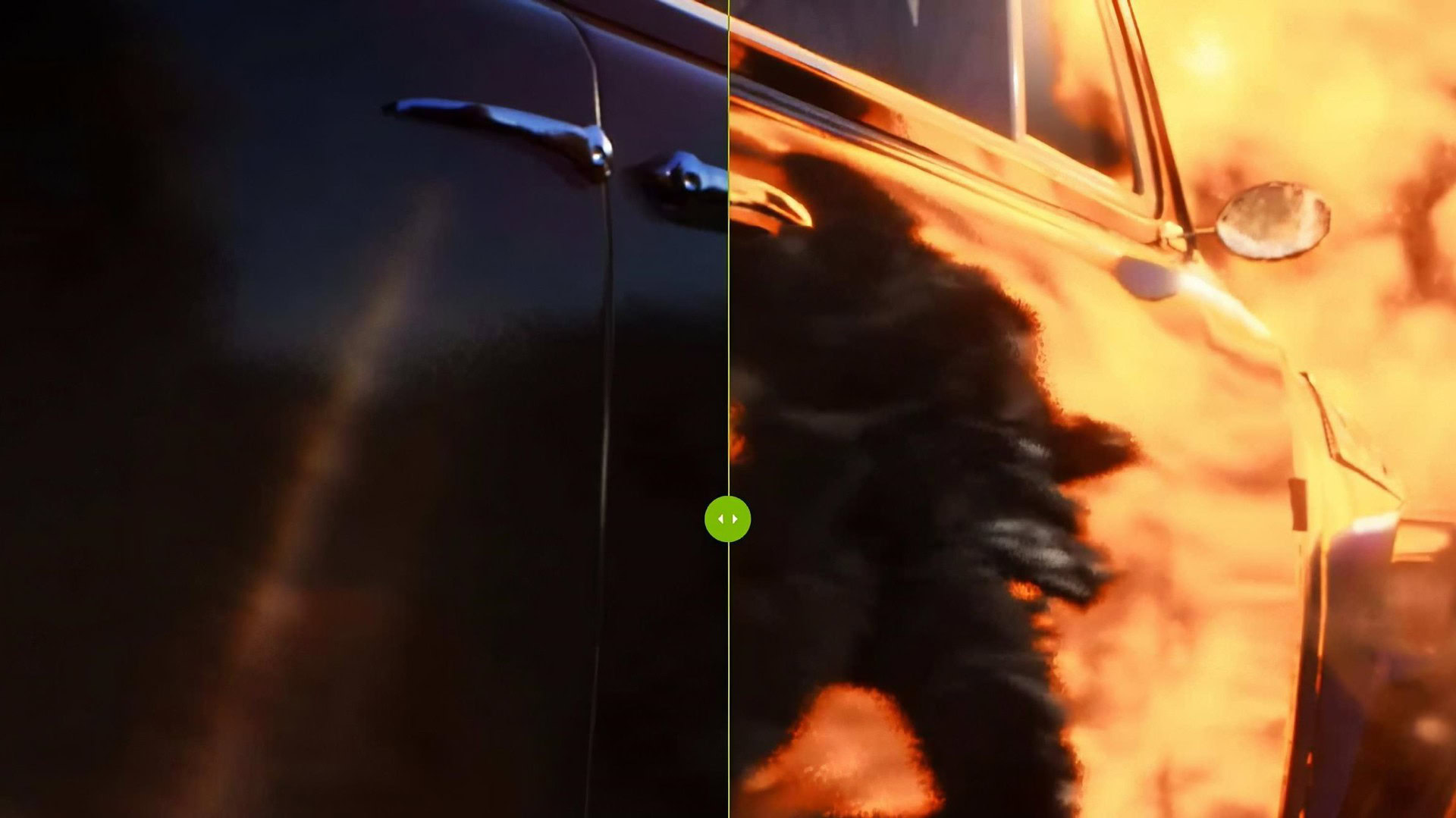
The graphics card market right now is having an incredible demand and supply crunch like never before. With the global silicon shortage affecting the quantities and pricing of GPUs, it’s hard to get your hands on one. If you were to get one, though, it would all come down to one fight — AMD vs NVIDIA.
NVIDIA enjoys the status of being the more sought-after GPU manufacturer, but AMD is no stranger to the business and is quickly catching up. For now, both offer some compelling GPU options, and it can be a tough decision to make amidst low quantities. Let’s take a deeper look at AMD and NVIDIA’s GPU offerings and which one is a better choice for GPU buyers.
AMD vs NVIDIA — Where they stand
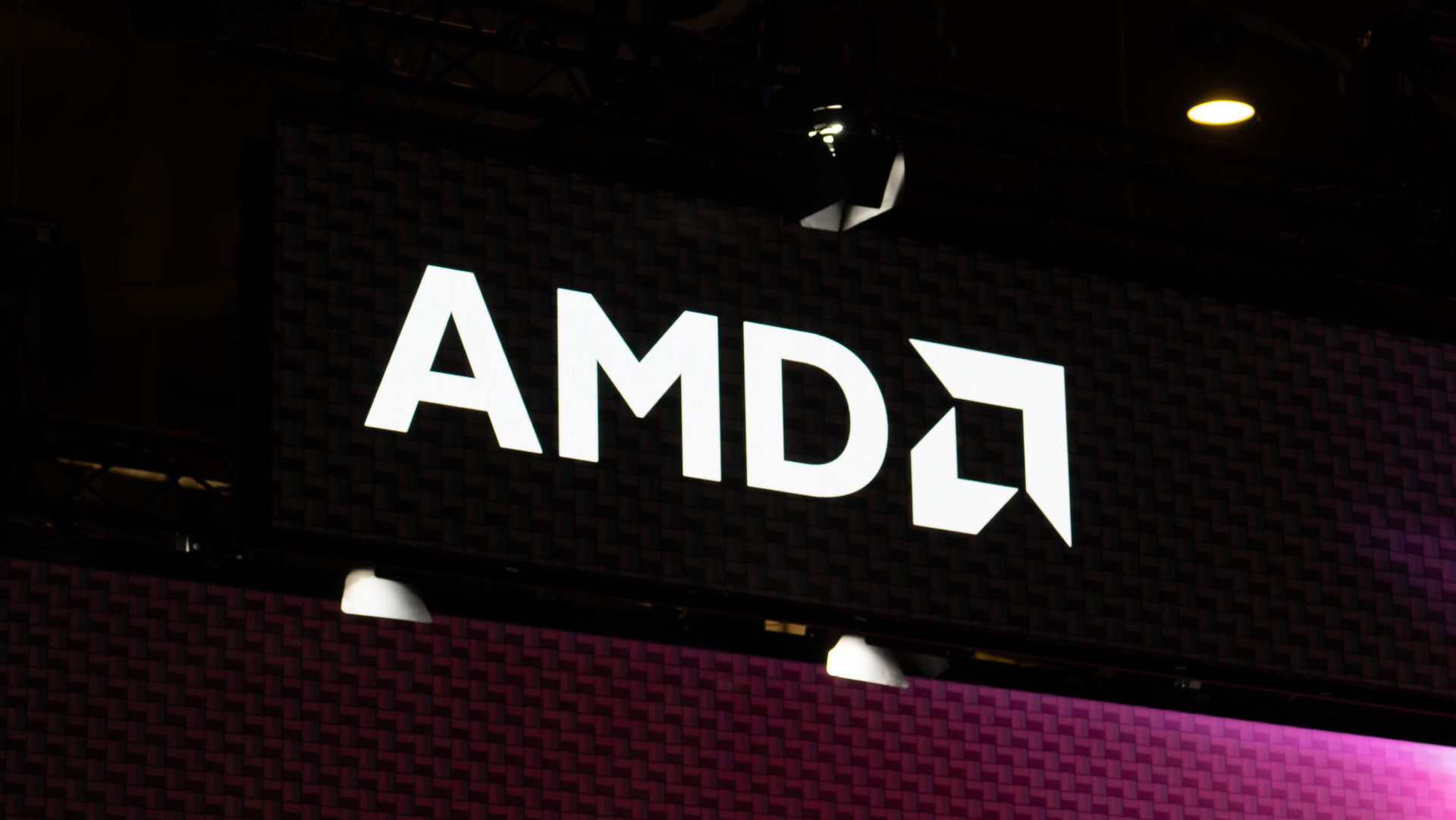
AMD vs NVIDIA is a long-standing rivalry, but it has had a few twists and turns. First, AMD’s graphics division was previously known as ATI. ATI started making GPUs in 1986, and AMD acquired the company in 2006. Since then, AMD continued to use the ATI badging for GPUs for a few years before dropping it, leading to the AMD graphics division as we know it today.
NVIDIA started in 1993 and soon grew to match ATI’s GPU efforts. After a series of successful GPU launches, NVIDIA became the other big name in graphics processors. Many other graphics card makers existed, but as ATI and NVIDIA grew stronger, most others failed. ATI gained a few of them, and NVIDIA acquired one important one — 3dfx. Other graphics makers were acquired, went out of business, or both.
ATI stayed competitive, but AMD’s flip-flop pattern, unfortunately, slowed the business down a while after the acquisition. Around 2012, AMD began being seen as a weak business, while NVIDIA was continuing to rise. However, with the Zen and then the Navi architecture launch, AMD climbed back up. Today, we have NVIDIA with a small but significant lead with its RTX lineup and ray-tracing expertise, while AMD is catching up quickly with Radeon.
The AMD vs NVIDIA rivalry right now is more interesting than ever. Both companies offer GPUs worth buying, so the decision of picking between the two can be rather tough. To help you understand the two, we broke down what they each offer. Let’s take a deeper dive.
See also: AMD vs Intel
What does AMD offer?
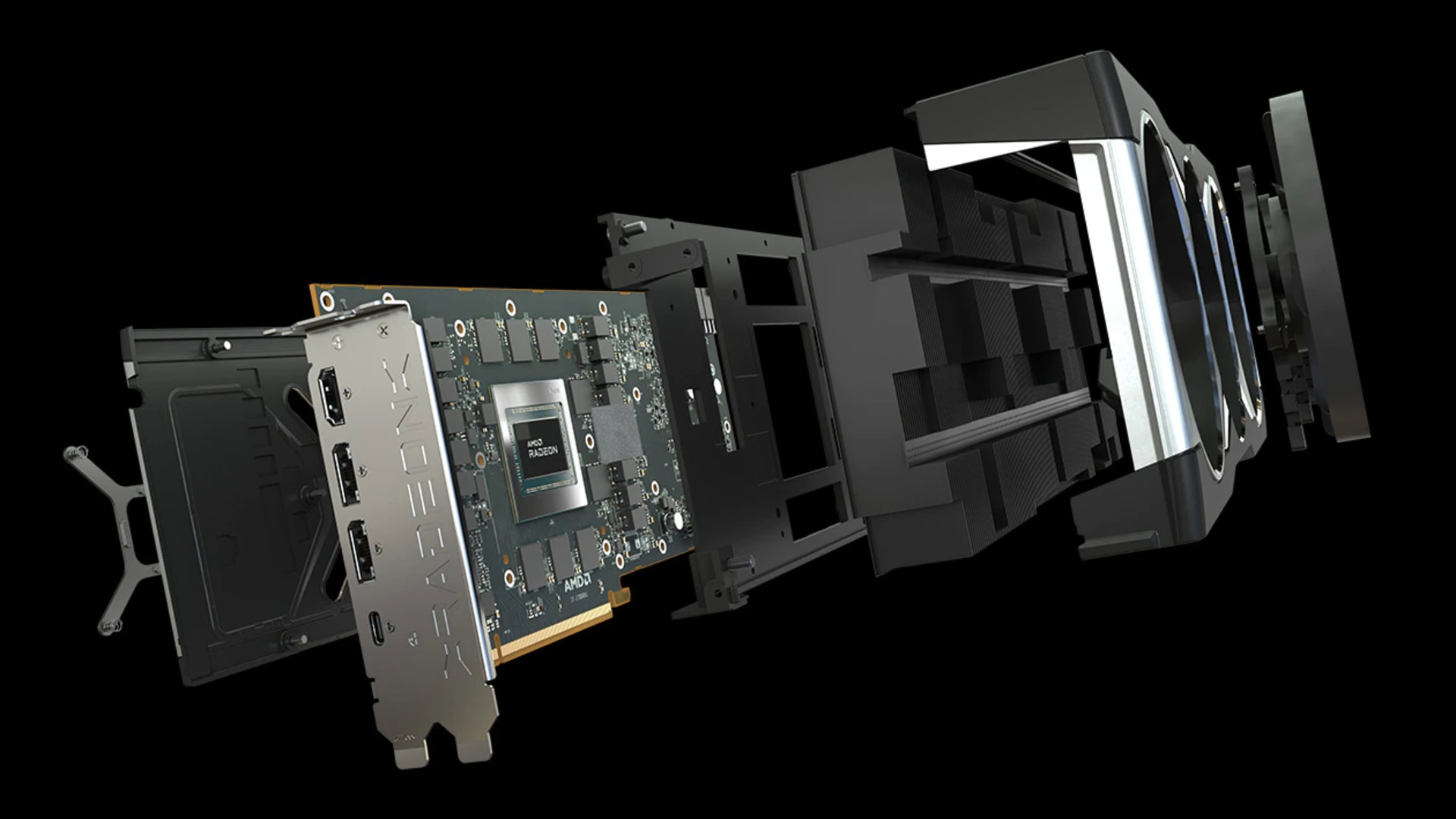
AMD has a few GPU lineups to serve all segments of the consumer market and a rather lean lineup of CPUs. The latest RDNA and RDNA2-based GPUs obviously dominate the lineup, but you can still grab a few of the older cards too.
AMD Radeon RX 6000 series GPUs
AMD Radeon RX 6000 is AMD’s latest series of GPUs. Based on the brand new RDNA 2 architecture, it’s a significant improvement over the last generation. It promises a 1.65x performance boost over the last generation. Additionally, you get AMD’s Infinity Cache for higher bandwidth and better ray tracing performance.
If you’re looking for the best AMD GPU you can buy, the AMD Radeon RX 6900 XT is the way to go. It’s the highest-end consumer GPU you can buy from AMD right now. It can do decent frame rates at 4K and respectable ray tracing for an AMD GPU. Sitting right below it are the AMD Radeon RX 6800 XT and AMD Radeon RX 6800. The RX 6800 XT is more of a mid-range 4K card, while the RX 6800 is a solid 1440p performer that delivers great value for your money.
AMD’s newer RX 6000 releases fill out the mid-range and entry-level yet. We have the RX 6700 XT, a solid 1080p card that can do some 1440p gaming. We expect to see a non-XT 6700 card, but AMD is yet to release it. In the meantime, it has released the RX 6600, RX 6600 XT, 6500 XT, and RX 6400, which are solid enough for entry-level 1080p gaming. Given the current silicon shortage, quantities will be very limited for both existing and any upcoming GPUs.
AMD Radeon RX 5000 series GPUs
AMD Radeon RX 5000 is the last generation of GPUs from AMD. Based on the RDNA architecture, this series started a new chapter for AMD’s graphics efforts. AMD played it safe with this series and didn’t quite go high-end. Instead, it offered solid mid-range and budget cards that are still decent options.
Leading the series is the AMD Radeon RX 5700 XT, with the RX 5700 right behind it. The 5700 XT sits slightly below the RX 6700 XT, offering acceptable 1080p performance with some 1440p possible. Below that is the RX 5600 XT, followed by the RX 5500 XT, the RX 5500, and the RX 5400. All four cards offer different levels of 1080p gaming performance and fill out the lower end of GPU price brackets. These cards are some great options for folks looking for a card for their low-budget systems. AMD also introduced an RX 5300 in 2020, which was the last 5000-series card they put out. However, the card is for specific retail channels and OEM systems — not regular retail.
See also: AMD GPU guide — All AMD GPUs explained
AMD Radeon RX Vega and RX 500 series GPUs
AMD still lists these two older series on its website, sold at inflated prices despite not offering enough value. Both RX Vega and RX 500 came out in 2017. The RX Vega series of GPUs use the GCN 5th gen architecture, while the RX 500 series uses the 4th gen. The Radeon RX 500 had entry-level and mid-range GPUs, while the RX Vega series covered the high-end and enthusiast markets. Radeon Vega also brought in the new generation of integrated graphics in AMD APUs that have proven to be successful.
Some of these cards are still selling. The Vega series has the Vega 56 and Vega 64, but they’re scarce and massively overpriced. The RX 500 series still sells all models, including the RX 550, 560, 570, 580, and 590. These cards are also overpriced thanks to the price gouging that has plagued the GPU market, but they have the advantage of being available. You can find these cards on sale right now. However, you should probably not get them at the inflated price tags, given the aging architectures and the alternatives on the market at their inflated prices.
See also: Apple M1 Performance benchmarks and thermal throttling, explained
What does NVIDIA offer?
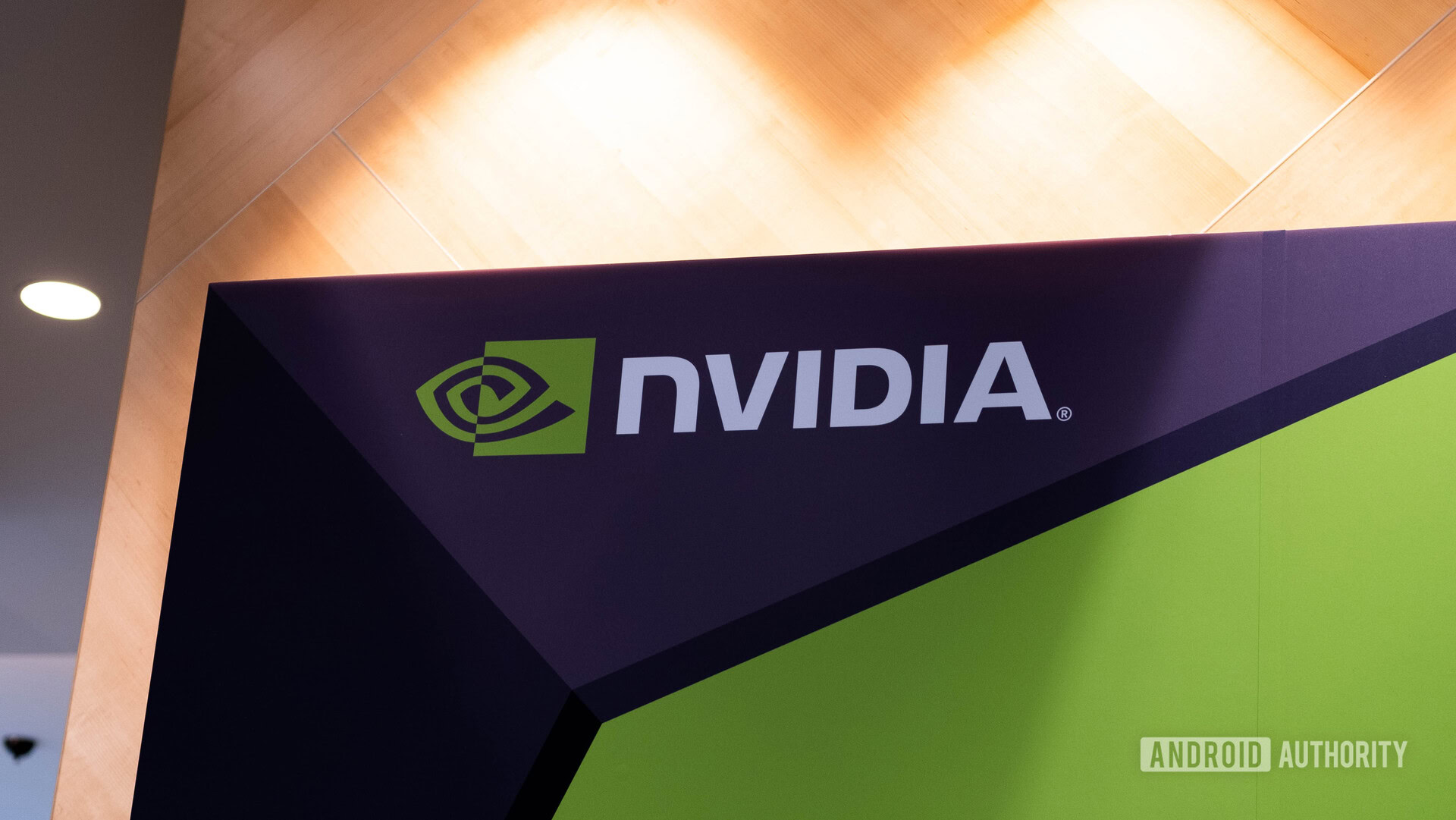
Currently, NVIDIA’s GPU lineup is more focused on ray tracing, with the RTX series explicitly branded for it. With the newer generation, it has given noticeable performance gains with ray tracing. This is a significant area where AMD’s offerings lag. NVIDIA also offers non-RTX GPUs to fill out the lower-end price brackets.
NVIDIA GeForce RTX 30 series GPU
The NVIDIA GeForce RTX 30 series is the latest lineup of GPUs from team green. It has the most powerful set of GPUs NVIDIA has ever made. With the RTX 30 series, NVIDIA has finally made ray tracing a feature that works well enough to be a selling point. The RTX 30 series GPUs are based on the new Ampere architecture and bring in faster memory and improved DLSS.
At the top, we have the NVIDIA GeForce RTX 3090Ti; the beefiest consumer GPU NVIDIA sells right now. It is the all-out 4K gaming graphics card that can do high frame rates at the resolution and offers the best ray tracing performance you can get. It also has a whopping 24GB of memory and the best features you can get on any GPU right now. Slightly behind is the RTX 3090, which has most of the goodness of the 3090 Ti.
Below that, on the high end, we have the RTX 3080. It’s a solid 4K card that doesn’t compromise on too much and offers a great value for money. In the upper mid-range, we have the RTX 3070, a perfect 1440p gaming GPU, which is the best value for money you can get from NVIDIA. We also have the 3070 Ti and the 3080 Ti. NVIDIA aims these cards at folks that may want performance that sits between the 3070 and 3080, or 3080 and 3090, respectively.
On the lower end is the RTX 3060 Ti, which is great for high-end 1080p gaming, and some 1440p gaming, followed by the RTX 3060. The desktop entry-point for the RTX 30 series currently is the RTX 3050, a solid 1080p performer. We also have the RTX 3050 Ti, which is currently only available in laptops. NVIDIA may release more models in the RTX 30 series, but we expect availability woes to continue, although not on the same scale.
NVIDIA GeForce RTX 20 series GPU
The RTX 20 series is NVIDIA’s last-gen flagship GPU lineup. Being the first generation of ray tracing-enabled GPUs from NVIDIA, RTX 20 series was not too great with the feature. Apart from that, they’re still solid GPUs, even in today’s time. The 20-series uses the Turing architecture.
The flagship consumer GPU in this series is the RTX 2080 Ti, which holds up for some solid 1440p gaming even today. Slightly below is the RTX 2080, which is still good for the higher end of 1080p gaming, and some 1440p gaming. Below that are the RTX 2070 and RTX 2060 GPUs, which are solid entry-level RTX GPUs.
These GPUs also have Super variants, which offer a boosted performance with slightly better hardware on board. There is also the NVIDIA Titan RTX, which is the most powerful GPU in this series. However, this is better suited for deep learning and AI applications for researchers, developers, and creators rather than your average consumer.
See also: Snapdragon SoC guide
NVIDIA GeForce GTX 16, GTX 10 series, and Quadro RTX GPUs
NVIDIA is still selling some of its older series of GPUs. The NVIDIA GeForce GTX 16 series is arguably the most commonly found series right now, especially given its presence in affordable laptops and OEM systems, as well as the better availability and affordability in retail. You get the GTX 1660 and GTX 1650, as well as their Super, Ti, and other variants. With the 10-series, NVIDIA isn’t really actively marketing it, but the cards still sell. They’re not great value for the money, especially given the inflated prices right now. Plus, the total lack of ray tracing at the price point and aging architecture don’t work in its favor.
The NVIDIA Quadro series is another thing entirely. It’s the company’s lineup of workstation GPUs that offer the most you can get out of RTX and the respective architecture. With the latest Ampere architecture, NVIDIA has dropped the Quadro branding and made it the RTX A series. We now have three GPUs in this lineup — A6000, A5000, and A4000.
AMD vs NVIDIA — How they stack up against each other
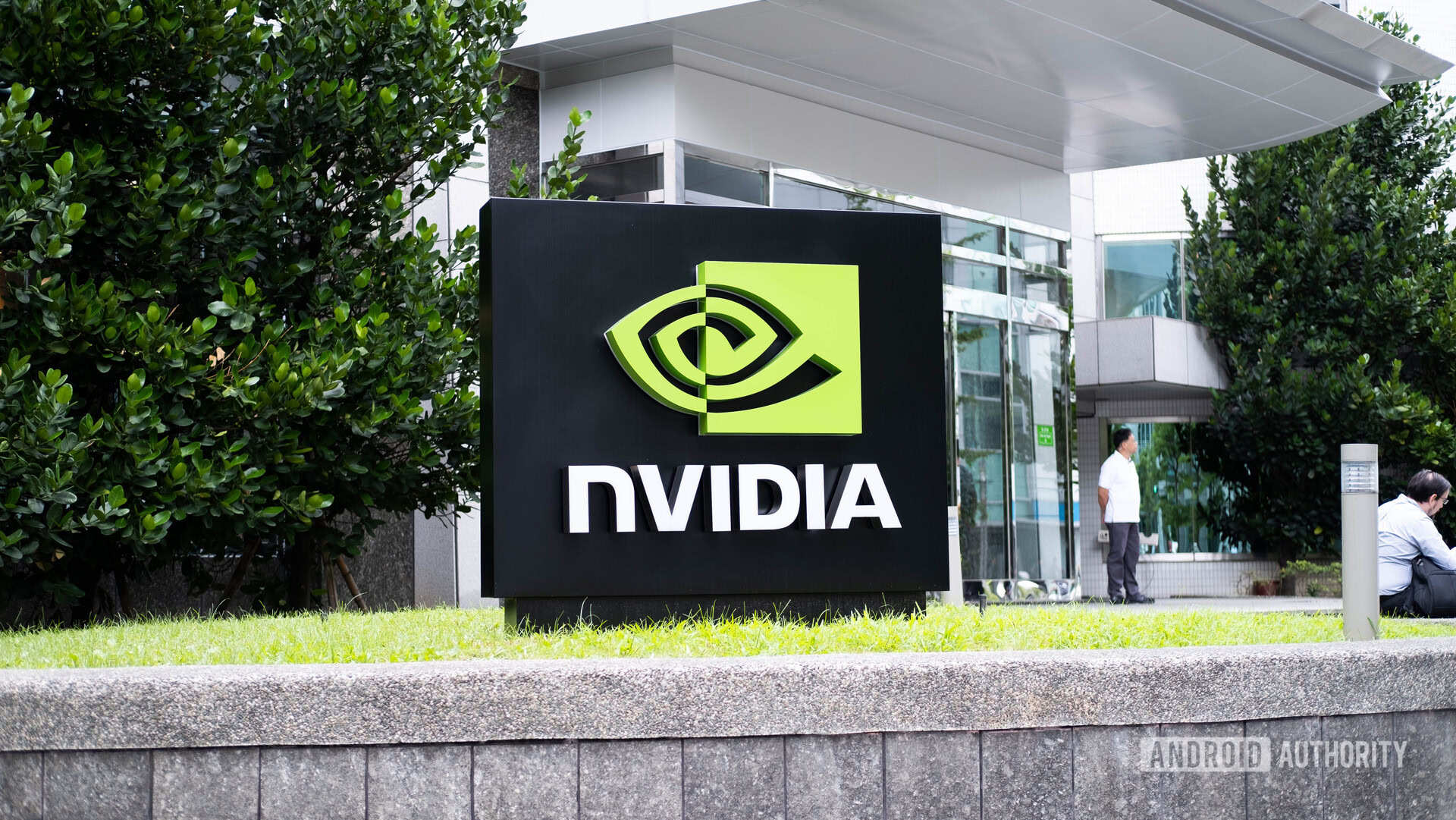
AMD and NVIDIA both have GPUs at multiple price ranges competing with each other. Here’s how the two stack up against each other in these key aspects.
Performance
NVIDIA has enjoyed the performance crown for years, but with the current offerings, AMD is rather close to it. At the top of the line, NVIDIA has a slight edge with its RTX 3090 family, but the AMD flagship, RX 6900 XT performs about 85-90% as well.
On the other hand, the RX 6900 XT has comparable performance to the RTX 3080 Ti. So if you’re looking for a 4K gaming card, the RX 6900 XT should serve you well, while the RTX 3080 Ti and RTX 3090 family will offer decent performance
In terms of 1440p gaming, we have the RTX 3070 family and the RTX 3080 from NVIDIA. AMD has the RX 6800 and RX 6800 XT. All of these cards offer solid performance. The RTX 3070 is the baseline 1440p card, while the RTX 3070 Ti and RX 6800 will offer slightly better performance. The RTX 3080 and RX 6800 XT both offer great 1440p performance, with enough power to squeeze some 4K performance out of them.
1080p gaming options from NVIDIA include the RTX 3060 family, and the RTX 3050. AMD has the RX 6700 XT, the RX 6600 family, the RX 6500 XT, and the RX 6400. The 3060 Ti and the 6700 XT are great 1080p cards that can do some 1440p gaming. The RTX 3060 and RX 6600 families are solid 1080p gaming cards. The RTX 3050, RX 6500 XT, and RX 6400 are budget GPUs that can do 1080p gaming.
See also: GPU vs CPU — What’s the difference?
Ray tracing
The performance comparisons above have been made excluding ray tracing. NVIDIA has a clear advantage with ray tracing. Competing cards have between 10-20% performance difference in ray tracing, with NVIDIA taking the lead. However, ray tracing isn’t a mainstream way to play yet. It comes down to how important ray tracing performance is to you while picking between the two.
Pricing
AMD seems to have an upper hand here. AMD’s flagship RX 6900 X costs $999 as opposed to the $1,499 price tag of the RTX 3090 while offering only slightly lower performance. NVIDIA’s offerings also fetch a poorer price-to-performance ratio as you move up. The RTX 3060, 3070, and 3080 are reasonably priced, but we can’t say the same for the rest of NVIDIA’s offerings.
AMD has a solid pricing strategy, and you can expect to get what you pay for. All the cards in the lineup are reasonably priced, and the sliding scale of the price-to-performance ratio holds well.
The only issue is that with the third-party versions of these cards, and retailers taking too much freedom on the pricing, the overall pricing of all of these cards is a bit too high. The best value for money still lies with the Founders Edition and AMD versions of the cards, if you can get your hands on one.
Availability
This is the elephant in the room. GPU availability has improved a lot in 2022, but it is still a struggle to get a GPU at a reasonable price. However, that being said, AMD once again has an advantage here over NVIDIA in the AMD vs NVIDIA race. Not only have their GPUs been easier to find, but they have also been easier to get at prices closer to the MSRP as well. NVIDIA GPUs are easier to find than they used to be, but AMD wins this by a whisker.
AMD vs NVIDIA — How it will go from here and which one you should buy

AMD vs NVIDIA is a fight that is just ramping up. While NVIDIA is the market favorite right now, we have seen how quickly AMD can change the game. Just like AMD flipped the script on Intel with its CPU lineup, we can see it making a ton of progress with GPUs as well. With the latest RX 6000-series GPUs, it is offering GPUs that are very close to NVIDIA’s options in terms of performance.
However, NVIDIA keeps doing everything right so far. It hasn’t made a bad move in the GPU industry for a long time, and with every generation, it offers noticeably better performance. With AMD’s weakness being ray tracing, NVIDIA is a tough competitor. AMD will need to get ray tracing right to be able to make a mark in the market going forward.
The issue plaguing both, however, is the global silicon shortage. Regardless of the GPUs that these companies put out, the stock shortage and price gouging have made the GPU market a seller’s market. With many analysts talking about the shortage continuing for a couple more years, both AMD and NVIDIA GPUs are going to remain scarce for a while.
So, in AMD vs NVIDIA, which one is better? Frankly, neither. The best GPU you can own right now is the one you can get at a respectable price. If you currently own a fairly recent GPU, it might be a good idea to hold on to it. For buying a new GPU, AMD and NVIDIA both have very competitive offerings. Not to forget, ray tracing is not as big of a deal for everybody. So if you can get a new GPU at a reasonable price, you’d do well to go for it without a second thought.